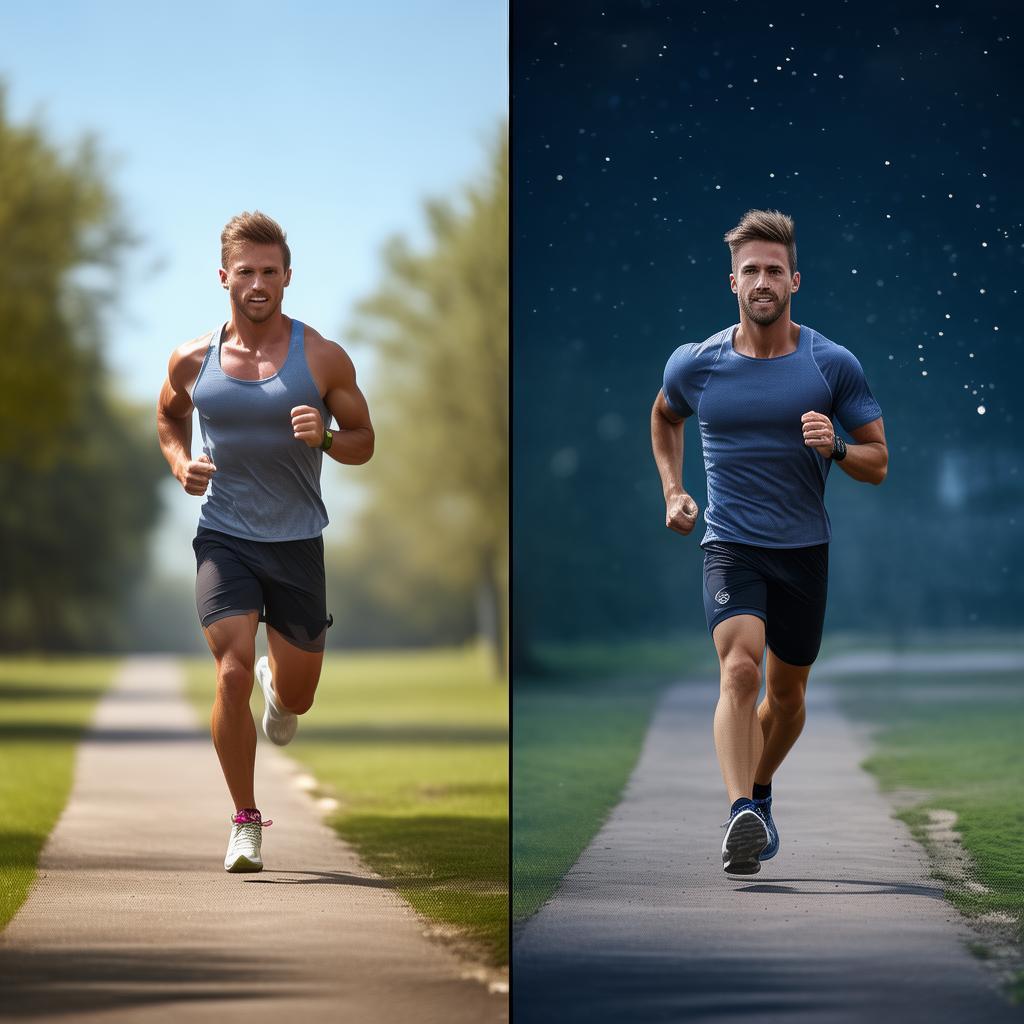Origins and Evolution of Medicine Balls
The story of medicine balls dates back to ancient times. The earliest medicine balls were likely employed by ancient Persian athletes to enhance their strength and endurance. These initial versions, used over 3000 years ago, were typically animal bladders filled with sand. Later texts reference the advocacy of medicine balls by Hippocrates, the father – of – medicine, around 2500 years ago. He recommended using round animal skins, also fillable with sand, for athlete training or injury recovery.
Functions of Modern Medicine Balls
Today’s medicine balls serve similar functions as those mentioned by Hippocrates. They are weighted balls, with weights ranging from 2 – 3 kg to 12 kg. They are valuable in sports training and also aid in injury recovery or prevention. Unlike inflatable balls, the weight of a medicine ball is crucial. It can elevate a workout and absorb shock. However, contrary to the belief that the heaviest ball is the best, especially for beginners, it’s advisable to start with a lighter one. For example, one can hold a light ball while doing squats, deadlifts, or leg lifts and gradually increase the weight. Starting with a too – heavy ball may lead to injuries.
Heavier medicine balls have their place too. When an athlete aims to train for more powerful kicks and throws, a heavier ball can absorb a certain amount of impact, forcing the athlete to be stronger to hold it. Over time, it may increase the throwing or kicking strength. For non – professional athletes, a medicine ball usually weighs no more than 4 kg. The extra weight helps with strength training, allowing for more thorough muscle work in various sports. Medicine balls are versatile and can be used in pilates, modern yoga forms, and aerobic classes.
Lighter balls are beneficial for injured athletes. They can be part of an exercise plan designed by sports medicine specialists or physiotherapists to increase strength and range of motion without injury risks. When buying a medicine ball, it’s better to wait for a specific recommendation from a coach or physiotherapist to ensure the right choice.
Differences between Medicine Balls and Yoga Balls
It’s important not to confuse medicine balls with larger yoga balls used for increasing core stability. Yoga balls can be used for rehabilitation, especially for those with low back pain. They are distinctly different from medicine balls and have different uses, though some exercises may involve both, but they are not substitutes for each other.
Medicine Balls: Purchase and Substitutes
Medicine balls are relatively inexpensive and easy to store at home. Once bought, they can last a lifetime. If you don’t have one, you can temporarily use a basketball or football as a substitute. Also, almost all gyms have a variety of weighted medicine balls available for use.
7 Popular Medicine Ball Exercises
Squash: This exercise gets your heart rate up quickly and is a full – body workout. Stand 50 – 60 cm away from the wall, face it, hold the ball in front of your chest, do a deep squat, then stand up explosively and throw the ball high towards the wall, catch it and repeat.
Smashing the Medicine Ball: It works the arms, shoulders, and core. Spread your feet hip – width apart, lift the ball above your head and drop it hard on the floor, repeating the action to release stress.
Medicine Ball Squat Thrust: A full – body exercise similar to squash but quieter. Spread your feet hip – width apart, place the ball in front of your chest, do a deep squat, raise your arms above your head, explode to your feet and bring the ball back to your chest to repeat.
Medicine Ball Twist: Helps strengthen core muscles, especially the abdominal obliques. Sit down, hold the ball, lift your feet off the ground and twist your torso to touch the ball to the ground on both sides, keeping the core tight.
Squat Throw: Similar to squash but without a wall. Spread your feet hip – width apart, place the ball in front of your chest, do a deep squat, stand up and throw the ball into the air, catch it and repeat.
Supine Wall Ball: Works the arms, shoulders, and core. Sit against a wall, adjust the distance according to the ball’s weight and flexibility, hold the ball on your chest, sit up and throw it against the wall, catch it and repeat.
Side Smash the Ball: Builds overall body strength, especially in the arms, shoulders, and abdominal obliques. Stand straight, raise the ball above your head, throw it hard to the ground next to your right foot, catch it and throw it to your left foot, alternating sides while keeping the core tense.





